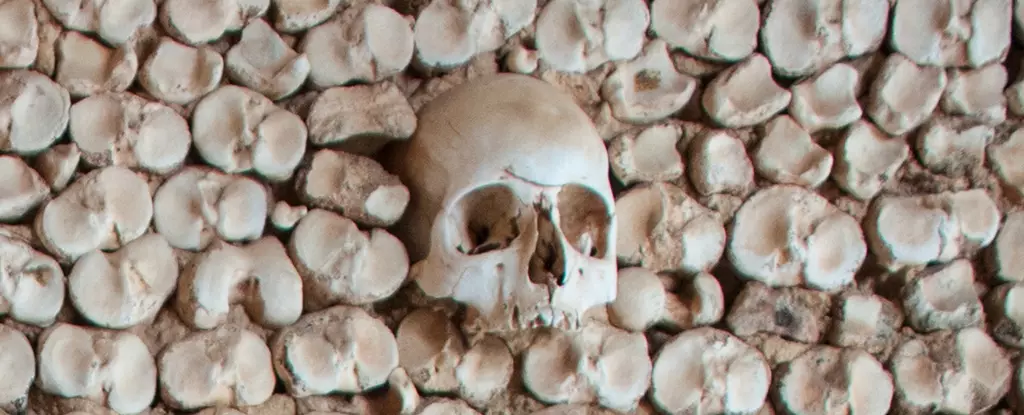The practice of burying the dead represents a significant milestone in the development of human culture and social structure. Recent studies have brought to light that approximately 120,000 years ago, early Homo sapiens and Neanderthals were interring their dead in similar regions, primarily within the Levant area of western Asia. Such contemporaneous burial practices indicate a possibility of cultural exchange or social interaction between these two closely related species. As a result, understanding these burial sites not only sheds light on the rituals surrounding death but also on the behavioral implications of competition and shared customs that may have existed at that time.
Research conducted by institutions such as Tel Aviv University and the University of Haifa highlights the significance of burial sites in illustrating the complex interplay between Neanderthals and Homo sapiens. By analyzing 17 Neanderthal burial sites alongside 15 associated with early Homo sapiens, researchers were able to observe both remarkable similarities and intriguing differences in their practices. The locations of these sites and the dating of the burials suggest that this region may have been the epicenter of burial traditions long before they were observed in Europe or Africa.
The Politics of Survival: Resource Competition and Rituals
The context under which these ancient populations buried their dead raises questions about the implications of resource competition. The researchers assert that the increase in burial frequency among both populations may have been directly linked to heightened competition for food and living space as they coexisted in the same geographic areas. Such pressures could have influenced not only their social structures but also their cultural practices, including the manner in which they honored their deceased.
When examining the distinction between intentional burials and natural sedimentation of bones, researchers focused on the arrangement of skeletons, the presence of grave goods, and evidence of intentional excavation. The findings indicated that burial practices extended to individuals of all ages, though there was a notable frequency of infant interments among Neanderthals, suggesting differing societal emphases on life stages. Notably, both groups included items with their dead, such as animal remains or stone tools, which could indicate a belief in an afterlife or a desire to honor the deceased.
Despite the similarities, significant contrasts in burial practices emerged between the two groups. Neanderthals commonly utilized deeper cave burials, suggesting an inclination towards enclosed spaces for their deceased. In contrast, Homo sapiens tended to bury their dead at entrances to caves or within open rock shelters, reflecting a perhaps more communal approach to laying the deceased to rest in visible locations.
Another notable deviation between the groups lay in the posture of the bodies. Homo sapiens were often found in positions representing a curled fetal form, which may symbolize rebirth or a spiritual connection to their origins. In stark contrast, Neanderthal burials exhibited a diversity of skeletal arrangements, indicating a less uniform approach to burial traditions. Furthermore, the incorporation of grave markers differed too. Neanderthals seemed to favor the use of stones—potentially serving as rudimentary gravestones—whereas Homo sapiens showcased a penchant for decorative items such as ochre and seashells, reflecting deeper cultural and aesthetic values.
An additional layer of intrigue arises from the observation that, following the extinction of Neanderthals approximately 50,000 years ago, evidence of human burials in the Levant region tapered off significantly for tens of thousands of years. This phenomenon raises questions about the societal impact of losing a closely related population and whether such a loss influenced the evolving burial practices of Homo sapiens in that locale.
The subsequent revival of burial practices much later, during the emergence of the Natufians—the last hunter-gatherers and early sedentary societies—is noteworthy. It indicates that cultural practices consistently evolve and are responsive to societal shifts, environmental changes, and population dynamics.
The study of burial practices among early Homo sapiens and Neanderthals opens a window into understanding how these two groups navigated their environments, formed social structures, and developed cultural identities amidst competition and interaction. This exploration not only enhances our grasp of ancient human behavior but also compels us to rethink the significance of rituals surrounding death in the ever-complex tapestry of human evolution.


Leave a Reply